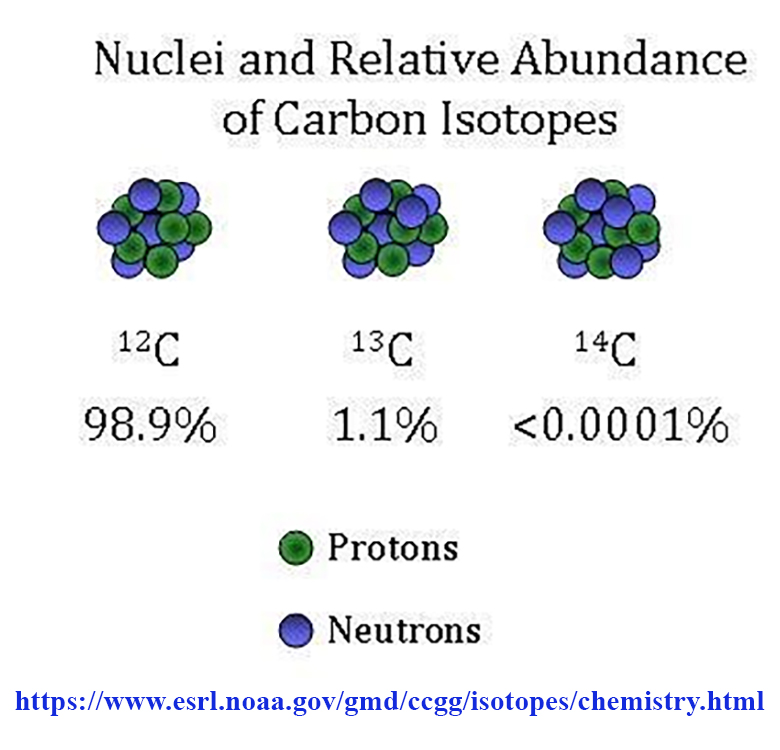7 July 2020: 12:00 noon (apprx. 1 hour)
Join Zoom Meeting:
- Meeting Cancelled
- Meeting ID:
- Password:
One of the most important types of information needed to interpret the archaeological record are answers to the question “how old is this?” Archaeologists typically use a variety of methods to try place an object into it’s correct place in a regional timeline. Three of the commonly used methods are:
- Stratigraphy – layers and strata
- Radiocarbon Dating – carbon isotope relative abundance
- Morphological Cross-dating – shapes change through time
The Zoom discussion will give an opportunity to ask questions about how Wyoming archaeologists estimate ages. Look over the materials on this webpage and have questions and comments about archaeological dating ready.
Activities:
- Look around your house and make a list of things that are 1) new (less than a month old), old (over five years old), or ancient (more than 25 years old). How did you decide how old things were? How would you decide on age of an object if you knew nothing about it, or if you could not ask someone else in the house?
- Research Heart Mountain, take a hike there, and be able to explain why it does not follow the “law of superposition” (see Stratigraphy section below).
- Explore examples of stratigraphy around your home. What sorts of things can cause the “law of superposition” not to apply to the way things are found?
- Visit a Wyoming museum, many have artifact displays. Take time to look at the display and try to tell which are arrow points, and which are most likely dart points.
Stratigraphy
One of the most basic ideas that applies to archaeology, geology, and paleontology is called Steno’s Law of Superposition, which states that in buried deposits, younger materials are above older materials. The deeper you dig, the older things are. The illustration of the layers revealed by excavations at key NW Wyoming site shown below illustrates this law. In the illustration, a represenation of the layers (also called strata) make up the left portion of the image, with the darker layers being recognized periods of more intense human use of the site. On the right are calibrated radiocarbon dates for the strata, and examples of the typles of arrow (from Levels 36, 37, and 38 only) and dart/spear points (Levels 1-35). As you can see, the level at the top (Level 38; nearest the recent ground surface) has a radiocarbon date of about 400 years ago (387+/-90), and the deeper you go, the older the dates become with the lowest dated level (Level 4), having a radiocarbon age of nearly 10,500 years ago (10,431+/-150).

Knowing the positions/depth of items in an archaeological site can help tell you the relative age of objects — things found deeper are older (Law of Superposition). In order to estimate the absolute age of something like a stone tool, you have to be able to date materials associated with the layer (strata) where it was found. In the 48PA201 stratigraphic column shown above, the ages of artifacts are estimated based on radiocarbon dates of charcoal fragments found in the same layer. Note that it is the charcoal being dated and not the artifact so association and context are very important.
Radiocarbon Dating
For many of archaeological problems we work on in Wyoming, the workhorse of estimating the age of something is radiocarbon dating. Several key things to remember about radiocarbon dating:
- it only can be used for organic materials (bone, wood, charcoal, hide, seeds, et cetera). It does not work to date things like stone tools.
- Radiocarbon dating is not something you can do yourself — it requires submission to of samples to special laboratories and it’s not cheap (in the $300-600 range per date).
- a radiocarbon age is different than an age in calender years (radiocarbon years and calender years are not the same, and radiocarbon dates need to be calibrated to scale in time frames used more widely).
- radiocarbon dates are often expressed as ages BP or calBP (calibrated) where BP means before present. There is a tricky bit though — the present in radiocarbon dating is 1950.
- Finally, and key to interpreting radiocarbon dates: the radiocarbon date gives you the statistically best estimate of when the organic item stopped taking 14C into its structure. So the date tells you when the plant part or animal bone died, not when the site where it was found was formed. For example, in some areas wood can last for a long time after the tree dies, so if you made a campfire today, but used wood from a tree that died one hundred years ago1 to roast your marshmellows, and we dated your hearth using radiocarbon the date we’d get would suggest that you’d used your campfire a hundred years ago.
Radiocarbon dating uses measures of different isotopes of carbon to estimate how long it’s been since something died. Carbon 12 and 13 are stable and most abundant in the atmosphere, but the much rarer Carbon 14 undergoes radioactive decay (it’s unstable) and through time the ratio of Carbon 14 to Carbon 12 changes as C12 remains constant and C14 decreases. After about 5730 years, half of the orginal c14 has decayed (this is called the half-life).

Here’s a quick overiew of radiocarbon dating.
Cross Dating
Look again at the stratigraphic cross section of site 48PA201 shown above. You can download a larger version (11 x 17 inches) of this image here to take a closer look:
One of the things you should note is that the way the artifact look is different depending on where you are in the site. The deepest (oldest) artifacts are generally larger and have no notches. The youngest (top levels) levels are the smallest. Archaeologists spend a lot of time studying these sorts of difference, at this site and across the region and have recognized that the same trend in change with similar artifact shapes occuring in levels dated to about the same time periods. Recognizing and documenting these changes in places where artifact can be found in good context with well-dated deposits is the basis for how and archaeologist can look at an artifact like an arrow or dart point and give you an esitmate for when it most likely was made. Learning sequences such as this learning the ABCs of an areas past. In other areas, things like pottery, or architectural forms may also be very useful in helping to tell time.
This comparison of an artifact found in a poor context for dating (like on the ground surface) to similar shapes found in dated contexts (like site 48PA201) is the basis of what is called cross-dating. While this does not give an absolute age of an item with certainty, it does provide a starting point for thinking about the age of that site (or level in a site) and possible use. It give a best approximation.

This video looks at how changes in one technology — atlatl to bow and arrow — resulted in changes to durable stone points, which allow us to use the points, when found in a site, or on the ground surface to get an approximate age. The following discussion focuses only the last 2000 years (or the last 2 meters on the Wyoming’s archaeological timeline shown earlier).
For use in this class, you can download and read this recent article on one way to arrive at an estimate of how old a spear or dart point from NW Wyoming might be:
In terms of the Wyoming archaeological timeline, there are several quick ways to make an initial esitmate of a points age. First, see if you can determine if it is most likely an arrow point or a dart/spear point.
Next Lesson: Bones
Footnotes:
- Archaeologists call this the “old wood problem” and it is a real concern for our NW Wyoming mountain sites where it’s not at all uncommon for tree stumps and parts to last for hundreds of years on the surface, or thousands of years if in places like high elevation ice patches. For this reason, it’s always best to try to date things that are either short lived (like seeds) or that have a lower, long-term preservation potential. That’s why in addtion to the radiocarbon date, we’d also want to look at other associated items — were you a poor “leave no trace” camper and threw an aluminum can or bottle into your fire (Bad marshmellow roaster!!)? Could we find something other than wood charcoal to date (did you build your fire on on the grass and some of the stems or seeds get charred?) Great! Date a couple of those. Did you lose a couple coins out of your pocket when you took out your pocket knife (unfortunate marshmellow roaster)- we can look at the mint date on each coin. Bottom line, to be sure your date is as accurate as possible be careful what you date and try to get as many other sorts of dates as you can.

